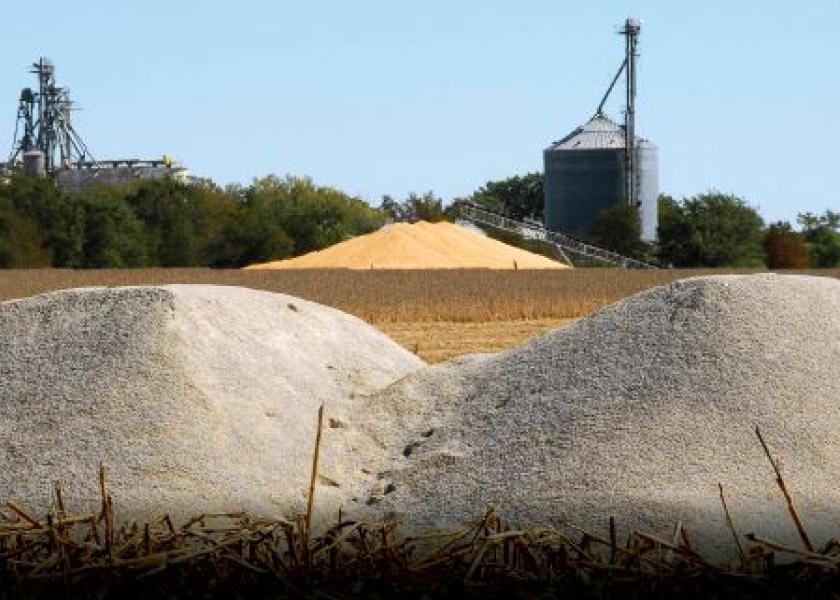New Policy Forces Canadian Producers to Cut Back on Fertilizer

Canada is urging farmers to reduce fertilizer emissions to curb greenhouse gases, triggering a backlash. The government of Justin Trudeau is proposing a 30% reduction by 2030 from 2020 levels in emissions from fertilizer as part of a plan to reduce greenhouse gases.
Some farmers say the plan could force them to use less fertilizer and reduce crop yields, which would impair Canada’s ability to ease a global food crisis triggered by the war in Ukraine.
“We are really committed to the fight against climate change,” said Marie-Claude Bibeau, Canada’s minister of Agriculture and Agri-Food. Fertilizer use “is one activity we have identified that can have a significant impact on reducing emissions.”
Canada's Impact on Food Production
Canada is the eighth-largest exporter of agricultural products and seafood in the world. It is a major producer of wheat and one of the world’s biggest exporters of pulse crops like peas and beans. Canada is also a major producer of potash, a fertilizer, and canola oil and seed, used to make animal feed and vegetable alternatives to sunflower oil.
The Canadian government’s proposal is part of its plan for a 45% reduction in greenhouse-gas emissions by 2030. Canada’s agricultural sector is responsible for roughly 10% of total emissions, according to Canadian government statistics. Almost a fifth of those industry emissions come from fertilizer.
Fertilizer Recommendation or Requirement?
Canada says its target is a recommendation, said a spokeswoman for Agriculture and Agri-Food Canada. Farmers who don’t comply with the Canadian recommendations won’t face any consequences, said the spokeswoman for the agriculture department, according to the Wall Street Journal.
They would, however, forgo some of the 1.5 billion of Canadian dollars, in financial aid and grants the government has made available to farmers to subsidize the purchase of new, greener farming equipment, help farmers transition to greener cultivation techniques and help companies develop new technologies to lower farming emissions.
More on ag policy across the globe:
Dutch Farmers Are Protesting A Government Policy Canada and Ireland are Now Proposing, Is The U.S. Next?
Fertilizer-Maker Yara Warns of Nitrogen-Based Fertilizer Shortages Due to High Gas Prices
International Trade Commission: No Duties on Urea Ammonium Nitrate







